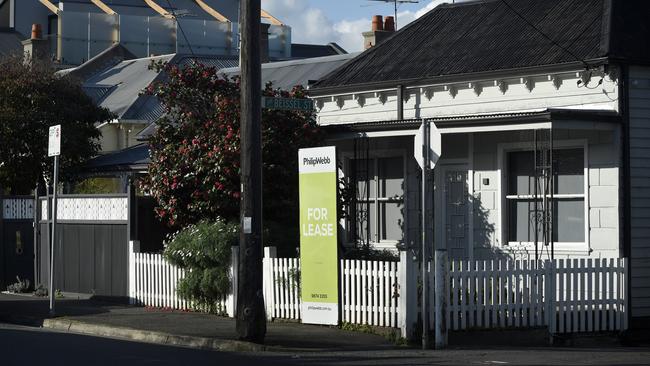Help for homebuyers still thin on the ground after budget 2022
A closer look at the budget’s ‘housing accord’ shows little measurable change. Get to know the incentive schemes instead.

After a decade of spiralling house prices, prospective first homebuyers – and their parents – wait faithfully as budget day rolls around in the hopes of getting some kind of lifeline to make housing more affordable.
Days after the Albanese government’s first budget, and hopeful first homebuyers are still pondering whether that lifeline is coming.
Included in Jim Chalmers’ maiden budget was the declaration of a new national housing accord struck between governments, investors and industry to build affordable homes across the country. But the announcement was scant on detail.
So far we know that Labor has pledged to get 1 million new homes built by the end of the decade, starting from 2024. The government will also set aside $350m to fund an additional 10,000 affordable homes by the end of the decade, on top of existing commitments.
“This funding will incentivise superannuation funds and other institutional investors to make investments in social and affordable housing by covering the gap between market rents and subsidised rents,” the Treasurer said.
Indeed, the private sector is expected to do the bulk of the heavy lifting on the proposed 1 million new homes, with the federal contribution topped up by state and territory governments also providing a further 10,000 homes on top of prior commitments.
States and territories will also work to tackle land release and zoning policies, which have long been among the biggest challenges to housing supply.
The housing accord has been trumpeted by the Albanese government as a “big and bold” ambition. But while an additional million new builds may sound like a lot, it is in fact on par with the number of new houses built over the past five years.

The big question is how the next five years compare to the last.
The concern among some in the industry, including Eliza Owen, CoreLogic’s head of Australian research, is that the ultra-low interest rate environment that fed much of the recent housing and construction boom was an aberration, and that the rest of this decade will be marked by much higher rates, higher costs and continued supply-side challenges.
All of this could translate to fewer new builds if this government commitment were not in place, Ms Owen says.
“The past five years was an extraordinary time to be building. To sustain a million home completions for the next five years when presumably we‘re going to have higher interest rates, we’ve got ongoing supply-side constraints for the construction sector, and we’ve got falling property prices, that does actually make for an ambitious target, especially if they’re all going to be energy efficient and well located.”
Under the so-called ‘accord’, private investors, including the nation’s $3 trillion superannuation sector, will play a central role in providing capital to build more social and affordable housing.

Super funds, including the nation’s biggest retirement fund, AustralianSuper, have been quick to throw their support behind the measure.
“AustralianSuper is pleased to support the accord and bring our experience and expertise to this important discussion,” AustralianSuper chief executive Paul Schroder said this week.
“Finding solutions to housing affordability and supply issues is not something that can just be solved by the Commonwealth or investors alone.”
Access to safe, secure and affordable housing needs all parties – governments, investors, planning, land release, construction providers and more – to support long-term solutions at scale, he added.
So far, the accord doesn’t provide any detail on how these aspirations will be achieved. Nor does it give any guarantee that these new homes will be more affordable, certainly a challenge in an environment of rising inflation.
But some funds are already stepping into the market. The $230bn Australian Retirement Trust in July partnered with institutional investment manager QIC to finance new social and affordable housing supply in Queensland, with up to 1200 new homes to be delivered through the partnership.

As we wait for all this to unfold prospective home buyers can at least avail of the Help to Buy Scheme, which aims to get 40,000 Australians on the property ladder with a lower deposit and smaller mortgage.
There is also the First Home Super Saver Scheme, which allows workers to save for their first home through their superannuation, and the Regional First Home Buyer Guarantee, which supports a further 10,000 new homeowners in regional and rural Australia each year.
For older Australians, the government is giving greater access to downsizer superannuation contributions, expanding the eligibility to people over the age of 55.
Renters, meanwhile, were given no immediate relief in the budget, despite this segment of the market struggling with the double whammy of rising rents and low vacancy rates.
This was a missed opportunity, according to Ms Owen.
“The rental market is where we know a lot of the real crisis is concentrated, and it’s by no means an easy fix,” she said.
“The Productivity Commission has previously made the suggestion of hugging rental assistance to changes in market rents … but it seems that wasn’t on the table this time around.”








To join the conversation, please log in. Don't have an account? Register
Join the conversation, you are commenting as Logout